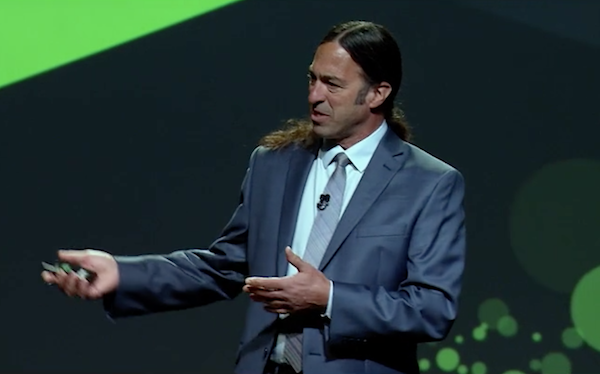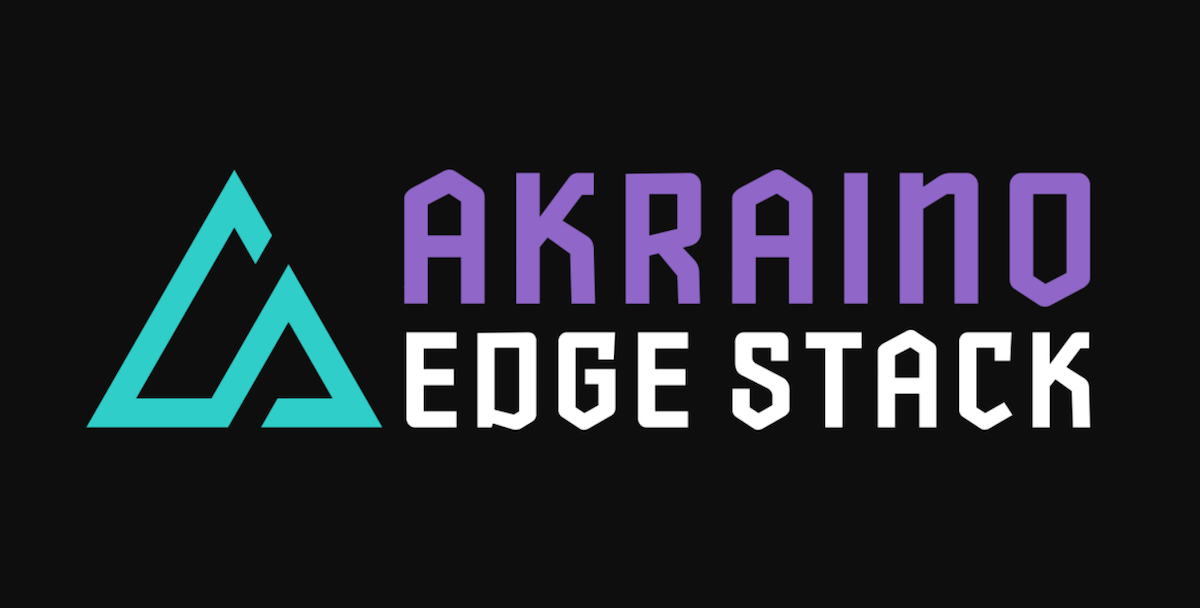Seagate has joined the new Akraino Edge Stack project to share its extensive experience in storage management for building solutions for the edge as a member of the organization’s Governing Board and its Technical Steering Committee. Seagate is working alongside AT&T, Intel, Qualcomm, Red Hat and others to advance the architecture of the edge, and to drive discussion of its use cases and technology choices. The Akraino Edge Stack project is a Linux Foundation project that’s been kick started by key players in the edge and cloud computing ecosystem. The project is specifically focused on creating an open source software stack that supports high-availability cloud services optimized for edge computing systems and applications.
Akraino Edge Stack will offer users new levels of flexibility to scale edge cloud services quickly.
“The overarching goal of this community is to create the blueprints for specific edge use cases such as Network Cloud, Autonomous and Connected Cars, Video Analytics, AR/VR — and to identify gaps in software and APIs that need to be developed, tested and certified,” says Rags Srinivasan, Seagate’s senior director of marketing and strategy for Enterprise Systems. “Early Technical Steering Committee discussions are developing a consensus that edge devices should have several important characteristics in common, including security, fast failover, high throughput, low latency, zero-touch provisioning. Important goals include efficient cost structures, scalability, and wide industry adoption.”

Mark Re, Seagate senior vice president and Chief Technology Officer
“The project starts with the recognition that in terms of data growth, the edge is going to be at least as big if not bigger than what we have seen with the cloud. Akraino aims to develop a definitive, simpler, modular way to solve computing and data management at the edge,” says Mark Re, Seagate senior vice president and Chief Technology Officer.
“It’s critical that we work with key partners who are pioneers in their areas — AT&T, Qualcomm and others — who are solving important issues in connectivity infrastructure and compute power,” says Srinivasan. “Seagate joins the board as the storage pioneer and data management leader with the greatest breadth of solutions and expertise, to help bring together the right simple, efficient, scalable, modular approach for data management at the edge.”
Edge computing solutions facilitate data processing at or near the source of data generation
According to Gartner’s recent Technology Insight: Edge Computing in Support of the Internet of Things, “Edge computing solutions facilitate data processing at or near the source of data generation. An edge computing solution can be mobile (e.g., on vehicles or smartphones) or static, such as part of a building management solution, manufacturing plant or offshore oil rig, or a mixture of both, such as in hospitals and medical settings. Edge computing solutions can be highly verticalized. For example, edge computing in the context of communication service providers would be covered under the concept of “mobile edge computing,” where cellular base stations are treated as edge locations and host servers that push application data to subscribers in the location. This can be treated as an extension of the communication service provider’s core network.”
In the Data Age we now live in, data is no longer generated only in easily defined, discrete locations such as an enterprise data center, a business workstation, a video streaming service or a home desktop PC. Today, sources of data generation can be and are anywhere and everywhere. In the context of the Internet of Things (IoT), the Gartner report notes, “the sources of data generation are usually things with sensors or embedded devices. Edge computing serves as the decentralized extension of the campus networks, cellular networks, data center networks or the cloud.”
Edge computing enables wholly new use cases, and presents new sets of requirements that can be more effectively supported though open, collaboratively developed end-to-end edge standards.
The Akraino Edge Stack project will support a broad range of Telco, Enterprise, and Industrial edge use cases, with a focus on creating blueprints that will consist of validated hardware and software configurations against defined use case and performance specifications.
Edge data management must be simple, secure, and resilient
“There are three key pillars the data management infrastructure at the edge must support, and be built around,” Srinivasan emphasizes. “Edge data architecture must be simple, secure, and resilient.”
Simple
He points out that systems at the edge exist outside of a traditional controlled IT environment or a cloud data center, “where you have an army of IT experts monitoring daily and managing systems hands-on.” So edge systems must be as simple as possible.
“One of the most important things people may not recognize about data management at the edge is — data is not static,” says Srinivasan. “Data is moving. We need to understand that data is moving from the endpoint to the edge, and the edge is not its final resting place. After data gets its first level of processing, some parts of it, or all of it, gets moved to the core, or the cloud.”
“That kind of data movement requires a thoughtful and simple orchestration,” he explains. “Seagate — as the data management company with the broadest portfolio in technology innovations, technical expertise at the device level and through to storage systems development — will play a key role in enabling this orchestration in data migration and management.”
Secure
“Data security is so important for the cloud and for traditional data centers — and its even more important at the edge,” says Srinivasan.
Unlike a cloud data center where everything is physically protected and under 24-hour hour video surveillance, facilities and systems that comprise the edge will be off-campus and can be outside.
“Quite possibly a bad actor could walk up to the edge and physically purloin a storage unit and walk away,” Srinivasan points out. “So the security of your data-at-rest becomes incredibly important, and the device maintaining that security without any direct intervention and without a negative impact on performance is therefore incredibly important.”
Likewise, security features like self-encryption, firmware verification, locked diagnostic ports and secure boot processes that prevent transgressions by hackers are very important at the edge.
Resilient
For similar reasons, it’s critical that edge infrastructure is designed and deployed in such a way that it can withstand and recover from trouble when it occurs.
“When system or component failure happens, edge systems need to be able to recover and continue to provide the same level of function,” says Srinivasan. “A well-designed data management architecture is resilient in the face of failures caused by the harsh conditions at the edge — such as temperature fluctuations and vibrations — without requiring constant attention on site.”
“The enormous complexity of our data-driven world is dependent on a complex data infrastructure connecting the cloud, data centers, local devices and the edge,” says Re. “Edge infrastructure — in the form of regional, mobile, and micro data centers — must evolve to meet new demands to manage, manipulate and secure data near where it originates at endpoints, devices, and the IoT. Seagate is pleased, as a member of the Akraino Edge Stack Governing Board and Technical Committee, to be redefining the evolution of the structure of data management in support of our partners’ and customers’ changing needs.”







